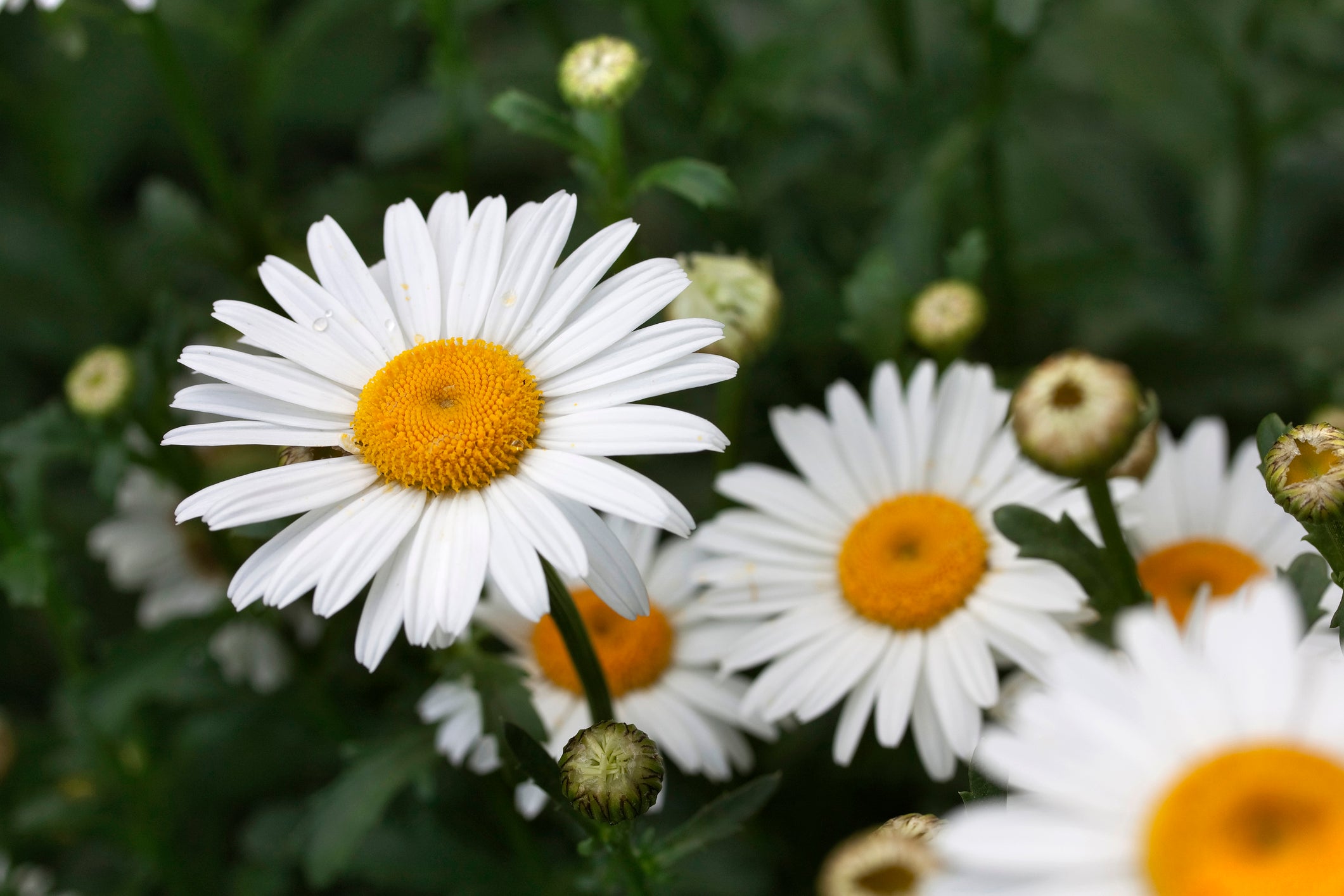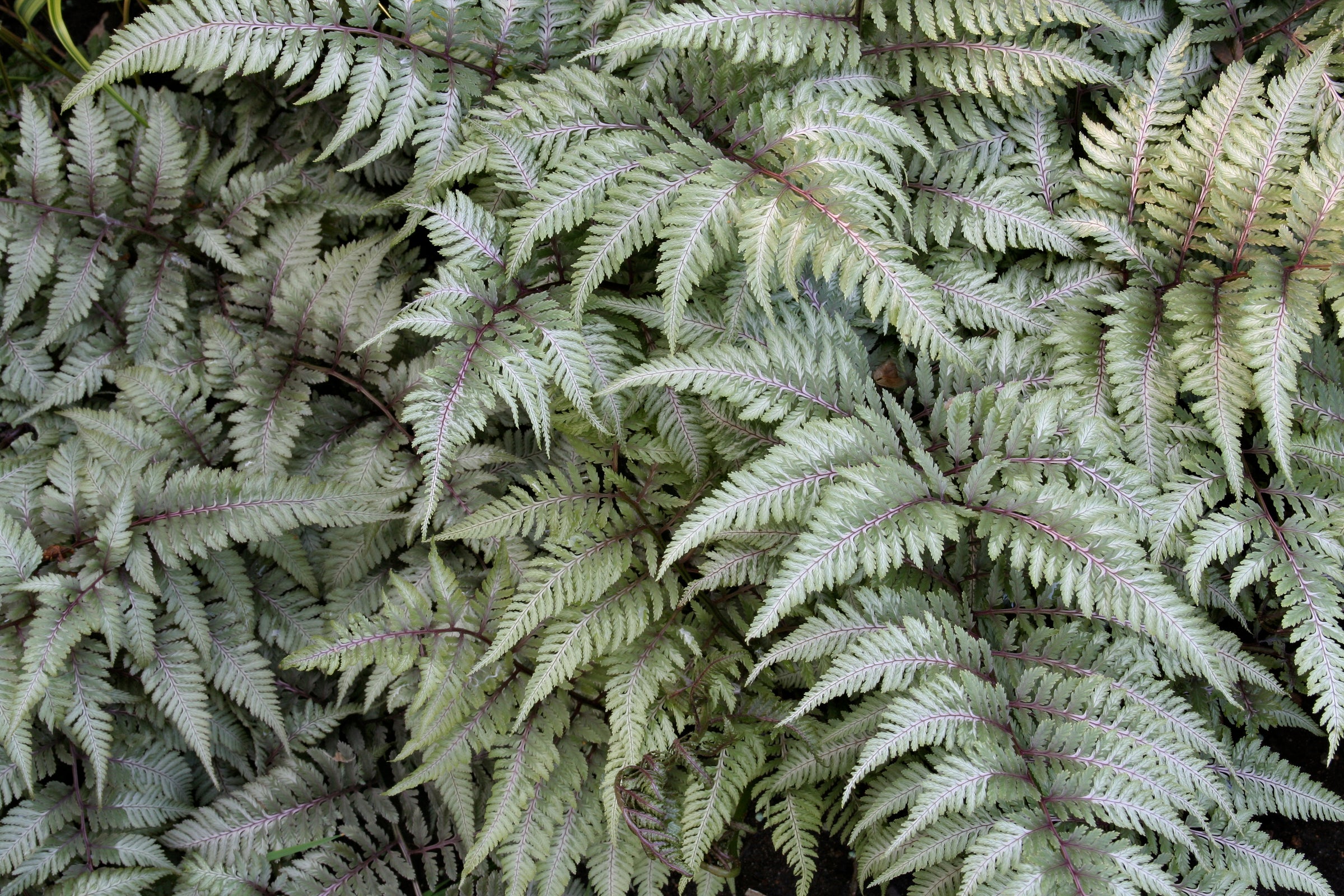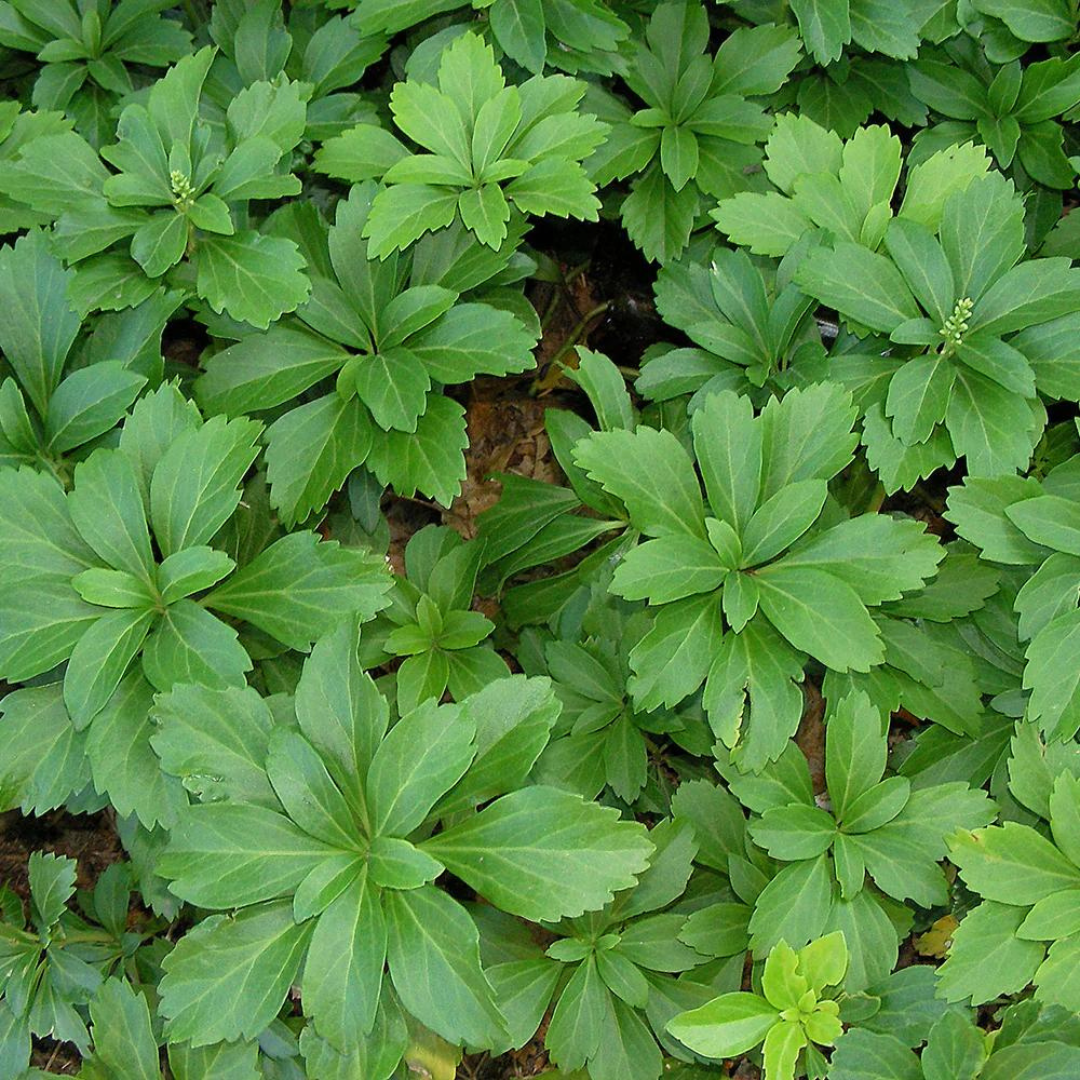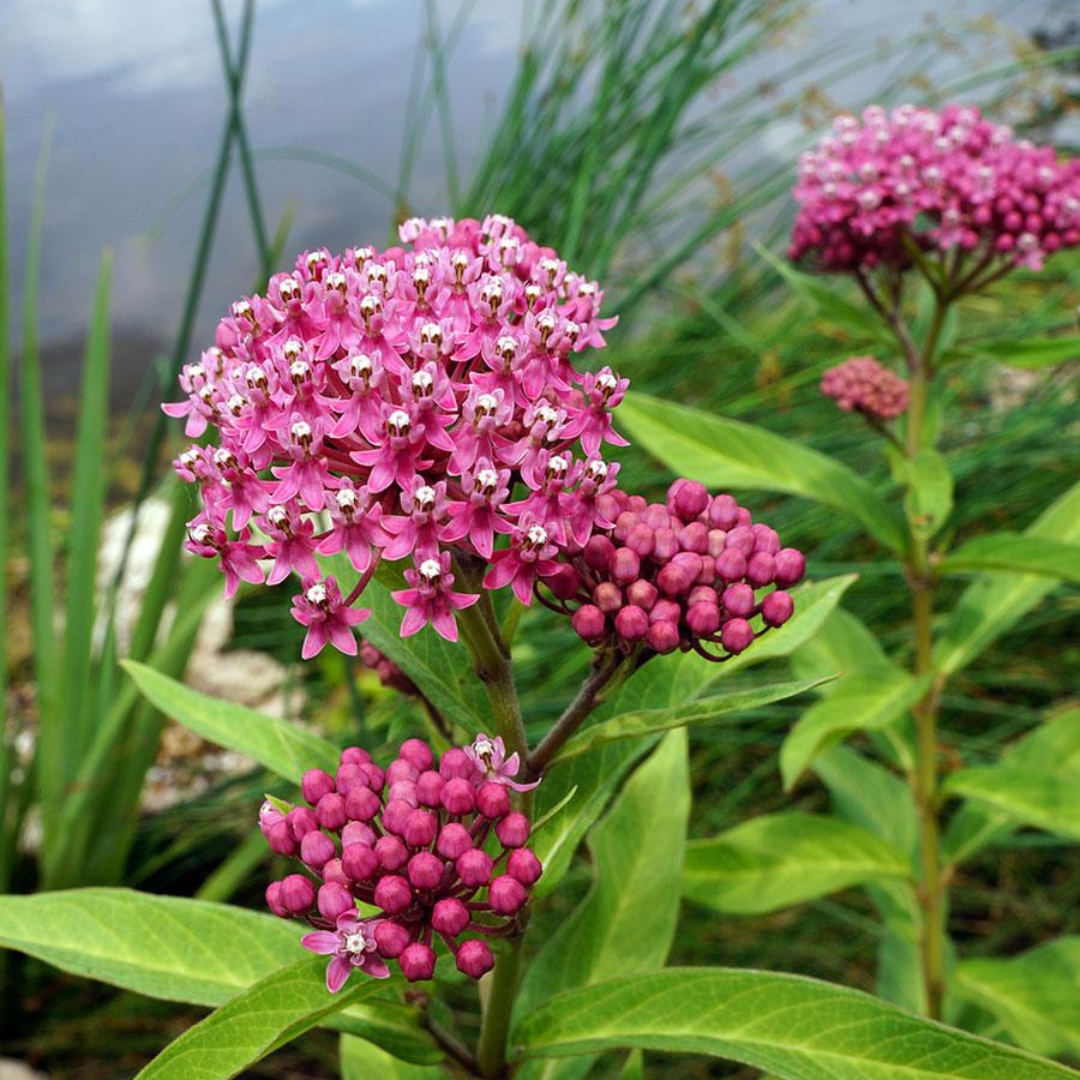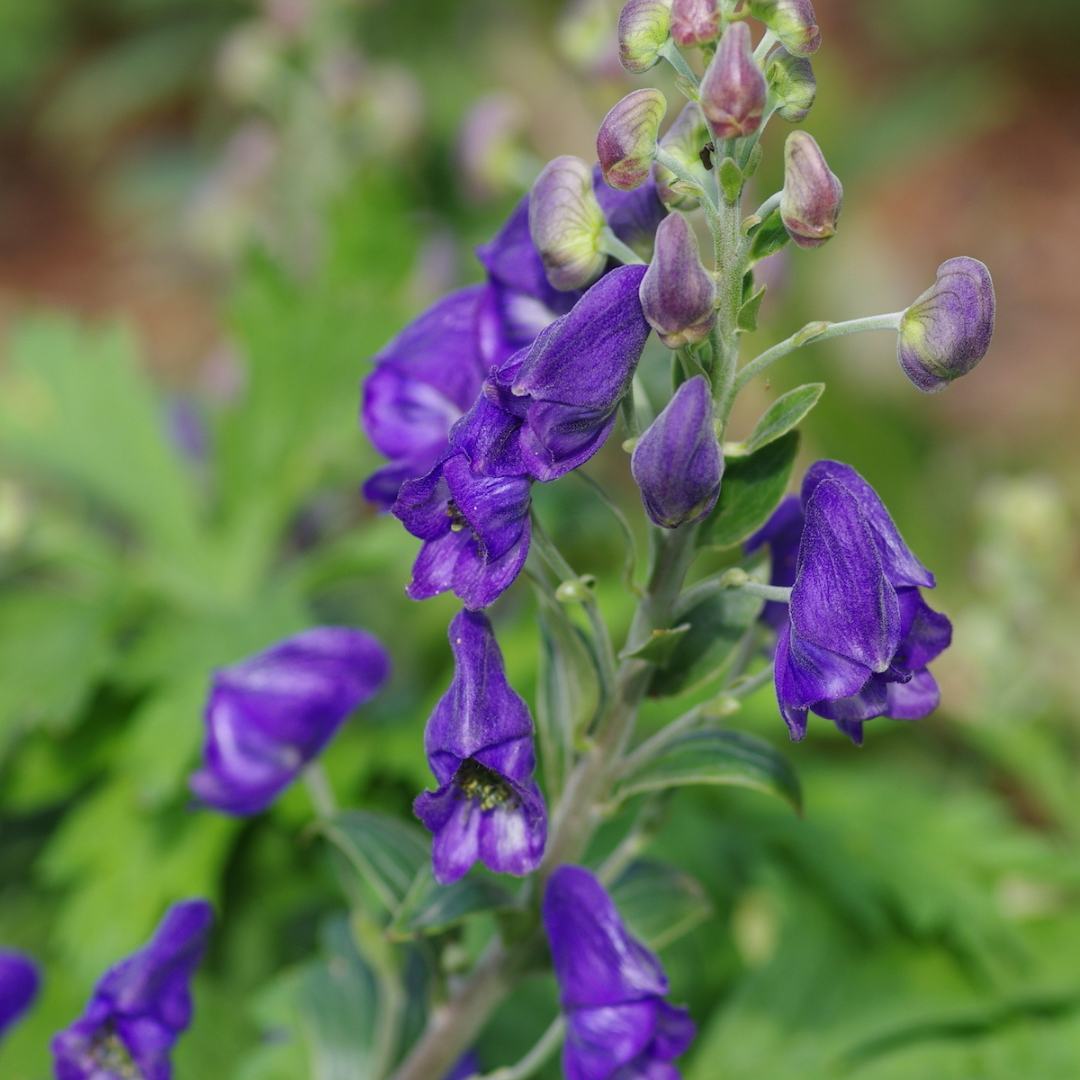
Aconitum arendsii
Add to Wishlist Full Sun
Full Sun
 Partial Sun
Partial Sun
 Deer Resistant
Deer Resistant
 Pollinator Friendly
Pollinator Friendly
 Low Maintenance
Low Maintenance
- In stock, ready to ship
- Backordered, shipping soon
Aconitum arendsii: Bold Colour for the Late-Season Border
Aconitum arendsii, or Arends’ Monkshood, brings a welcome splash of deep violet-blue to the late-summer garden with tall, elegant spires of hooded blooms rising above finely cut, dark green foliage. Flowering just as many perennials begin to fade, this upright variety offers reliable structure, vivid colour, and refined presence in the border. Its natural deer and rabbit resistance, low-maintenance nature, and affinity for cooler climates make it a standout for sun to part-shade plantings—adding architectural beauty and cool-toned drama well into fall.
Plant Characteristics:
- Height: 90–120 cm
- Spread: 45–60 cm, forming an upright, clump-forming perennial
- Flower Colour: Rich violet-blue, in tall, hooded spires
- Flowering Period: Late summer to early fall
- Foliage: Deeply lobed, dark green foliage; remains attractive throughout the season
- Sunlight Requirements: Full sun to part shade (prefers part shade in hot climates)
- Soil Requirements: Moist, fertile, well-drained soil; mulch to retain moisture and keep roots cool
Uses and Benefits: Aconitum arendsii is a sophisticated solution for late-season interest, offering height, structure, and saturated colour when few other perennials are in bloom. Ideal for back-of-border placements, it anchors mixed plantings with stately form and contrasts beautifully with both warm and cool colour palettes. Its blooms are a valuable late nectar source for bees, and its toxicity deters deer and rabbits, making it well-suited to gardens with browsing pressure.
⚠ Caution: All parts of Aconitum are highly toxic if ingested and may cause skin irritation. Always wear gloves when handling and avoid planting near areas accessed by pets or children.
Companion Plants: Pair Aconitum arendsii with Heuchera 'Toffee Tart', whose warm caramel foliage offers contrast and thrives in similar conditions. Add Astilbe chinensis 'Visions in Red' for bold texture and late-season colour harmony. Round out the design with Pennisetum alopecuroides 'Hameln', whose airy plumes and fine foliage introduce softness and motion to balance the monkshood’s upright form.
Care Instructions: Maintain consistent moisture through the growing season; water deeply during dry spells. Mulch to conserve moisture and insulate roots. Staking may be required in exposed sites. Cut back stems after flowering to tidy the plant. Wear gloves when handling due to the plant’s toxicity.
History: A garden hybrid within the Aconitum napellus group, arendsii is named after German plant breeder Georg Arends, known for his work with hardy perennials. This variety was selected for its strong bloom, upright habit, and season-extending performance. It remains a trusted selection for northern gardens seeking colour and structure late in the growing season.
Final Thoughts: Cool, commanding, and dependable, Aconitum arendsii is a pillar of the late-season garden. With its vivid blue spires, lush foliage, and resilience in challenging sites, it brings grace and drama to borders just when it’s needed most.


